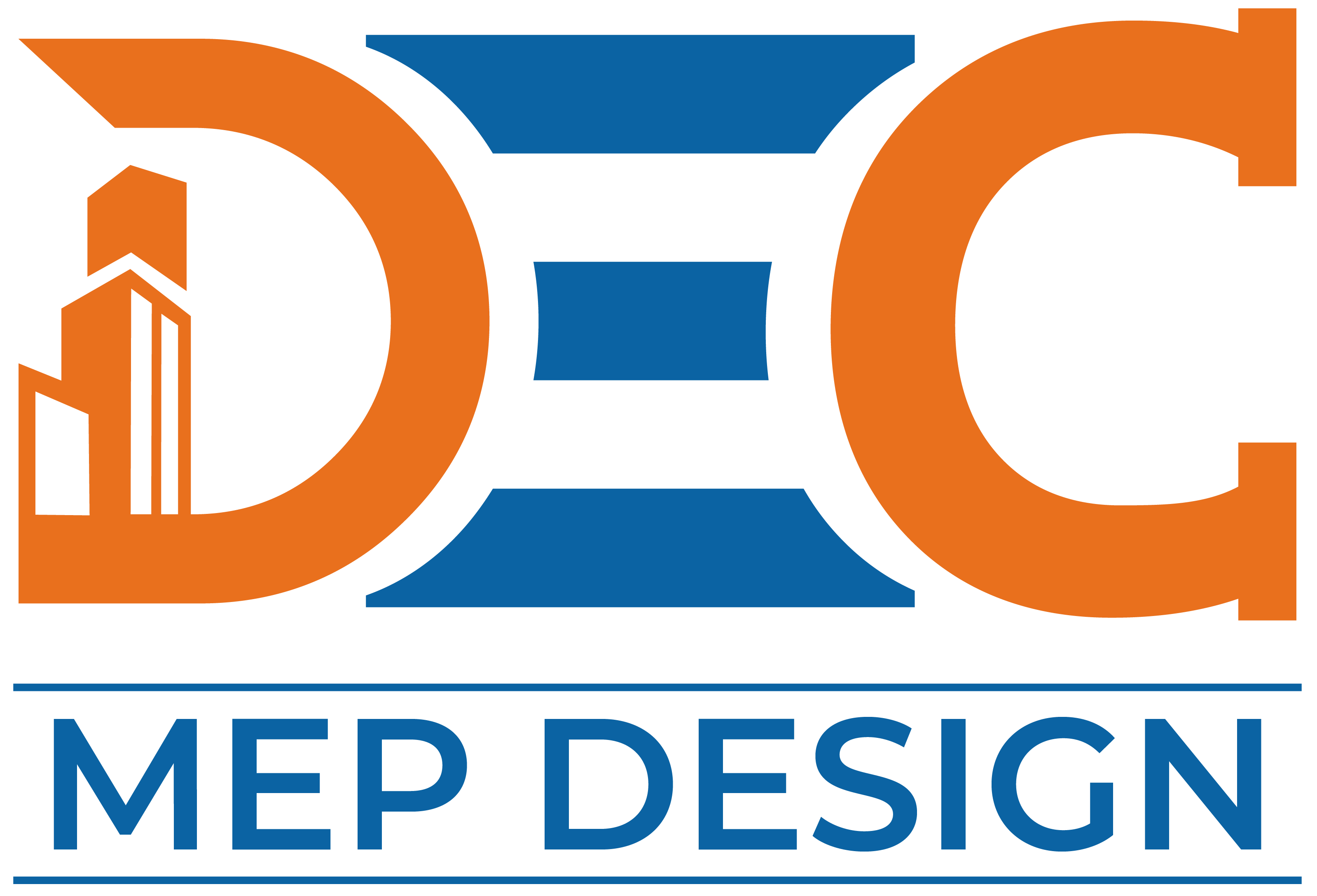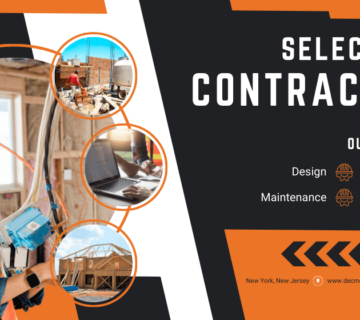The management of a building design and construction team is a complex effort that asks for careful coordination, good communication, and sound familiarity with both design and construction processes. Whether it is managing a small home project or a large commercial project, effective project management depends on the ability to integrate creativity with technical skills so that the team is able to provide results on time, on budget, and to world-class standards.
Below are some easy suggestions that will help you manage your construction and design team better.
Tip 1: Set clear expectations from the beginning.
One of the initial stages in the management of a building construction and design team is making sure that everyone shares the same perspective from the beginning. This involves establishing clear expectations for deadlines, quality expectations, and roles and responsibilities. Schedules an initial meeting where you can meet the project scope, the roles and responsibilities of each individual, and the final goal of the project. This allows everyone to know what is necessary and can work in the direction of a normal vision.
Tip 2: Encourage open communication.
Communication is the foundation of any effective project. Set up frequent communication methods between your construction and building design team to touch base about progress, problems, and changes. To monitor the tasks and keep all on the same track, use project management tools such as Trello or Asana. To avoid confusion or delay, practice open communication within meetings and create an environment in which members offer safe voices and solutions.
Tip 3: Cooperation facility between designers and builders.
The bond deviation between builders and designers becomes stressful due to thinking and agendas. But making cooperation is the only way to reach a smooth operation. Promote patterns of design and construction team regular meetings to identify, make recommendations, make recommendations, or respond to changes. When builders and designers work together, problems such as cost growth or delays arising from design errors can be detected and they can be solved in the initial stage.
Tip 4: Plan a realistic time limit and milestone.
An unrealistic deadline will lead to improper pressure on your team and, as a result, inferior work. Cooperate with your building design and construction team in creating realistic programs and determining major project milestones. To track the focus more easily, divide the project into small, managed stages. Ensure that all milestones are manageable and allow for unexpected problems or delays, so that the team is not overwhelmed.
Tip 5: Manage the budget effectively.
Effective budget management is necessary for the success of any construction and design project. Maintaining the financial health of the project involves coordination between designers, project managers, and construction workers so that design decisions are compatible with the available budget. Regularly review the expenses, monitor the costs of material and labor, and keep any changes in the scope of adjusted work in the budget. This forward-looking policy prevents cost and places the project on track economically.
Tip 6: Track quality control.
It is important to keep high-quality standards of quality during the project. Appoint a quality control manager or assign some team members to inspect the work being done from time to time. This material forces the workmanship to check and find out that the work satisfies safety and regulatory standards. Corrective measures are enabled before improving the problem by detecting defects or problems.
Tip 7: Committee to changes and challenges.
Design and construction projects rarely run according to plan, so it is necessary to be suited to face unexpected challenges. Whether it is a design change, a delay in the supply chain, or an unpredictable site position, a flexible mentality and openness for adjustment will help you to be ahead of the curve. Make sure that the entire team is briefed on any change as soon as possible, so everyone is ready to customize their thoughts accordingly.
Tip 8: Leverage Technology.
Technologies are playing an important role in automatic design and construction processes today. Use design software such as AutoCAD or BIM (Building Information Modeling) to produce accurate plans and visualizations. Project management software, time tracking software, and online document storage are some methods that can make the team systematic and accessible for all important information. Proper tools can make the process more efficient, help avoid errors, and promote overall productivity.
Tip 9: Maintain a Positive Work Environment.
A positive and induced team is more likely to give high-quality results. Promote the culture of mutual respect and praise. Identify achievements, provide creative responses, and encourage professional development opportunities for team members. An inspired team will work more efficiently, and a smooth project will contribute to workflow. to a smoother project workflow.
Tip 10: Regularly Review Progress.
Regularly reviewing the progress of your design and construction project is necessary to stay on track. To evaluate the current stage of the work, schedule weekly or bi-weekly check-ins, discuss any problems, and ensure that the project is moving towards its goals. These reviews provide an opportunity to reassure the deadline, budget, and quality standards and make adjustments as required.
Conclusion
Managing a design and construction team is not an easy achievement, but with the right strategies, you can greatly improve your opportunities for project success. By determining clear expectations, promoting communication and cooperation, managing the budget effectively, and embracing technology, you can create an environment where your team thrives. Always remember that flexibility, review of regular progress, and a positive function culture are important in maintaining speed and ensuring that the project is the highest standards, timely and within the budget.
Managing a design and construction team doesn’t have to be overwhelming. At DEC MEP Design, we provide expert construction management, MEP design, and project coordination to ensure a smooth and successful build.
How to Effectively Manage a Construction and Design Team
Managing a construction and design team requires planning, coordination, and technical expertise. Follow these steps to ensure a successful project:
- Define Roles and Set Clear Expectations
Conduct a kick-off meeting to align goals.
Clearly outline responsibilities for each team member.
Establish timelines, budgets, and quality standards. - Foster Open Communication
Use project management tools like Trello, Asana, or Monday.com.
Hold regular team meetings to address concerns.
Encourage a collaborative problem-solving approach. - Promote Collaboration Between Designers and Builders
Schedule frequent coordination meetings.
Ensure designers and builders work together to prevent costly rework.
Maintain a shared document repository for updated project plans. - Set Realistic Milestones and Deadlines
Break the project into smaller phases.
Set achievable milestones with room for adjustments.
Monitor progress regularly to stay on track. - Maintain Budget Discipline
Track material and labor costs using budgeting software.
Ensure all design decisions align with financial constraints.
Update budget plans in case of scope changes. - Ensure High-Quality Standards
Assign a quality control manager.
Perform regular inspections of materials and workmanship.
Ensure all work meets safety regulations. - Adapt to Changes and Challenges
Prepare for unexpected site conditions.
Have a contingency plan for supply chain delays.
Quickly inform the team about design modifications. - Utilize Technology for Efficiency
Use BIM (Building Information Modeling) for better design accuracy.
Track progress with construction management apps.
Store project data in cloud-based platforms for accessibility. - Build a Positive Work Culture
Encourage teamwork and appreciate good performance.
Offer training and skill development opportunities.
Promote a safe and healthy working environment. - Regularly Review Project Progress
Conduct weekly or bi-weekly progress meetings.
Evaluate timeline adherence, budget compliance, and quality.
Implement necessary adjustments and optimizations.
Frequently Asked Questions (FAQ)
The biggest challenge is ensuring seamless coordination between designers and builders while staying within budget and on schedule. Clear communication and realistic planning help overcome this.
Using project management tools, scheduling regular check-ins, and maintaining open discussions can enhance team communication and avoid misunderstandings.
Set realistic deadlines, monitor progress regularly, and address issues early. Also, ensure proper supplier coordination to avoid material shortages.
Budgeting is crucial to prevent cost overruns. Regular cost tracking, financial forecasting, and scope adjustments help keep the project financially stable.
Be flexible and proactive. When changes arise, assess their impact on the budget and timeline, communicate with stakeholders, and adjust workflows accordingly.





No comment